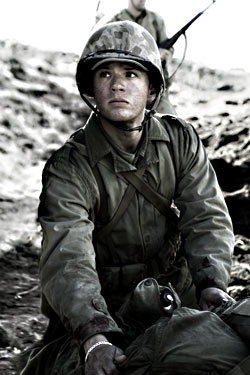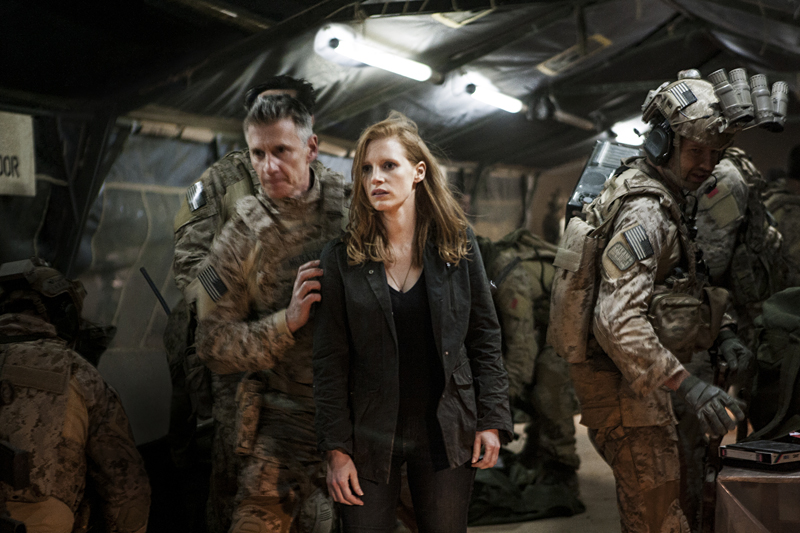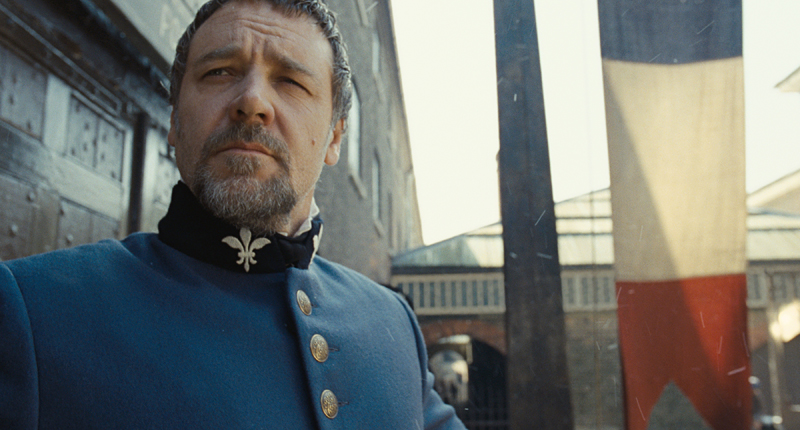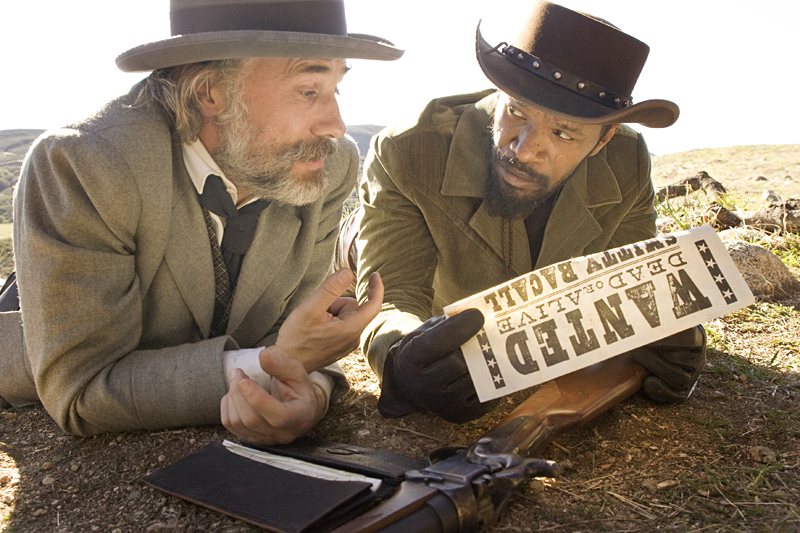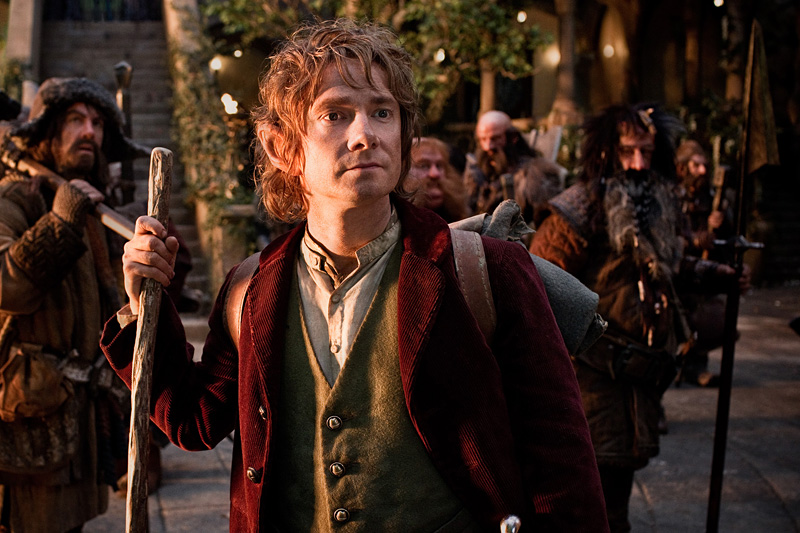A single photograph, we’re told early on in Clint Eastwood’s Flags of Our Fathers, can win or lose a war. But sometimes, that photo shows us only part of the story, whether it’s the part we don’t want to see—slaughtered villagers at My Lai, tortured prisoners at Abu Ghraib—or the part we do, with heroes front and center and the carnage out of view.
In Flags, the image under scrutiny is one of the most iconic in American photojournalism: five U.S. Marines and one Navy corpsman planting Old Glory atop Mount Suribachi on Iwo Jima during the fifth day of the 35-day battle there. That picture, “Raising the Flag on Iwo Jima,” helped rally American support for the war, won a Pulitzer Prize for its photographer, Joe Rosenthal, and made overnight celebrities of its subjects. But the servicemen on Mount Suribachi didn’t feel like heroes, and with good reason.
Based on the best-selling book by James Bradley, whose father, John “Doc” Bradley, was the Navy corpsman in Rosenthal’s photo, Flags is about the three flag raisers who survived Iwo Jima—Bradley (Ryan Phillippe), the dashing and mildly pompous Rene Gagnon (Jesse Bradford), and the proud Pima Indian Ira Hayes (Adam Beach)—and how their moment in the spotlight irrevocably altered their lives. For these men were not the first to fly the Stars and Stripes, but rather a secondary team, assembled after the smaller flag erected earlier by a different group was claimed as a souvenir by a naval officer. It was this second flag, though, that was seen around the world, its raisers plucked from duty and ferried hither and yon by wily politicians who saw the makings of an inspired PR campaign. It was not the first—or last—time that perception trumped reality in the selling of wars to the American public.
According to the press notes, in his later years, John Bradley was plagued by hallucinations and night terrors, and Eastwood’s movie unfolds as if it were one of them, jaggedly flashing back and forth between the charcoal sands of Iwo Jima and the clinking banquet rooms where the flag raisers shill for war bonds. Executed in stark wide-screen compositions all but drained of color, the battle scenes are as visceral and nerve-fraying as anything in Saving Private Ryan, no small feat given that Eastwood is 76 and has never directed a film of this enormous physical scale. The landing on Iwo Jima is a master class in controlled chaos, as machine-gun bullets stream out of camouflaged Japanese pillboxes and mortar fire turns human bodies into sizzling piles of flesh and bone. But the most surreal, unsettling images in Flags come later, when Bradley, Gagnon, and Hayes are pressed into re-enacting their storied feat as a vaudeville spectacle, and when, at a celebratory dinner, they see the huddled likeness of themselves and their fallen brothers transformed into an ice-cream sculpture.
To an extent, Flags is to the World War II movie what Eastwood’s Unforgiven was to the Western—a stripping away of mythology until only a harsher, uncomfortable reality remains. But what Eastwood really does is call into question an entire way of reading history, by which the vast and incomprehensible are reduced to digestible symbols and meanings. In war—Eastwood offers us a timely reminder—who is just and unjust depends on where you’re watching from. And to further the point, his next movie, Letters From Iwo Jima, tells the story from the perspective of the Japanese.
In the meantime, with Flags, Eastwood has made one of his best films—a conflicted, searching, and morally complex deconstruction of the Greatest Generation that is nevertheless rich in the sensitivity to human frailty that has become, through movies like The Bridges of Madison County, Mystic River, and Million Dollar Baby, the signature of a filmmaker originally celebrated as a strong and silent movie tough guy. You feel this most of all in the characterization of Hayes, whose postwar descent into alcoholism and near madness has been told many times, in song (“The Ballad of Ira Hayes,” covered by Bob Dylan and Johnny Cash) and on-screen (1961’s The Outsider, starring Tony Curtis), but never quite with the haunted intensity that Eastwood and Beach (who has never registered this powerfully on screen) bring to it. Theirs is an agonizing portrait of a man unable to readjust to civilian life, tormented by the recognition he felt he didn’t deserve. And it is made all the more poignant by Eastwood’s revelation, late in the film, that Hayes, like all of the men who raised the second flag over Iwo Jima, did show extraordinary bravery on the battlefield, just not in the way for which he was remembered. A picture may be worth a thousand words, but for men like John Bradley, Rene Gagnon, and Ira Hayes, there were thousands more that went unspoken.
